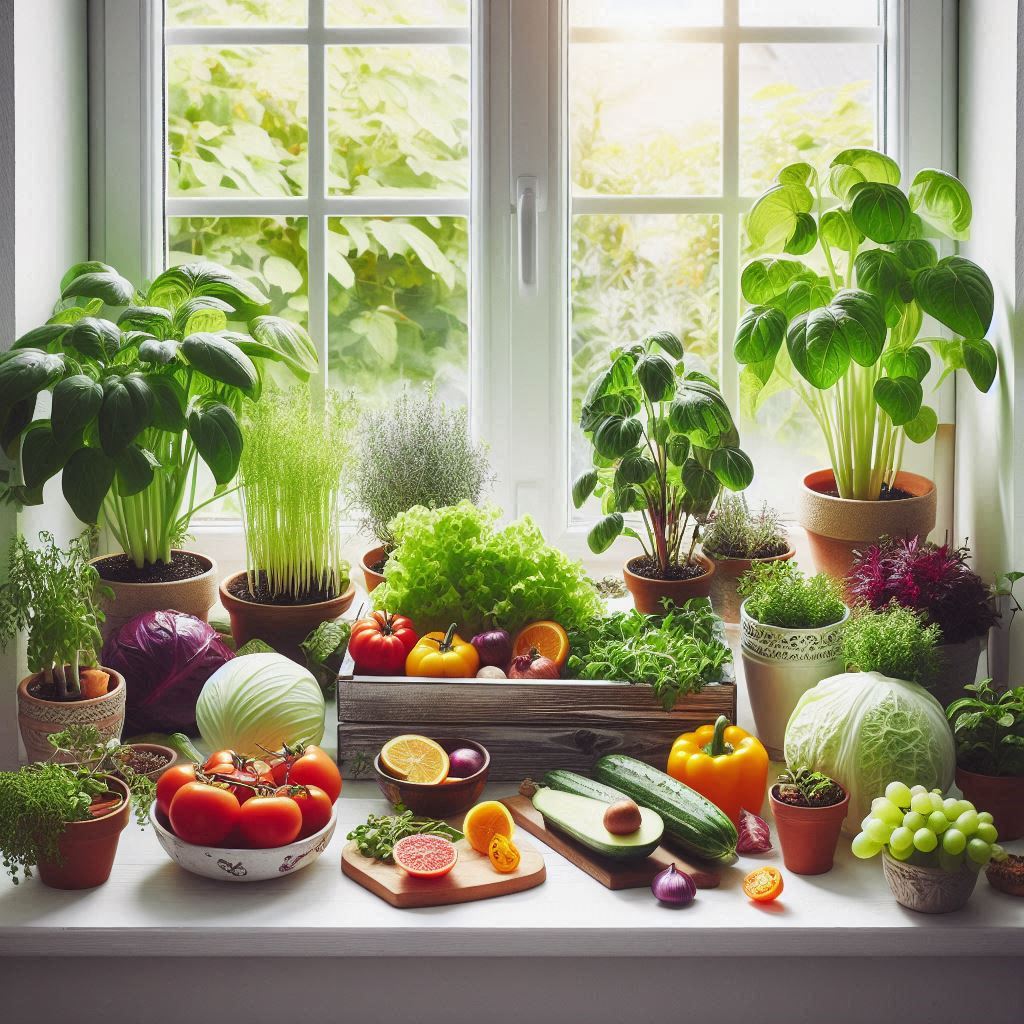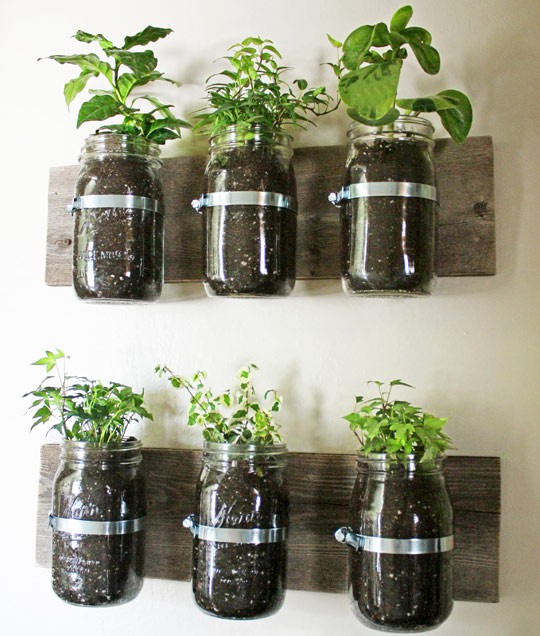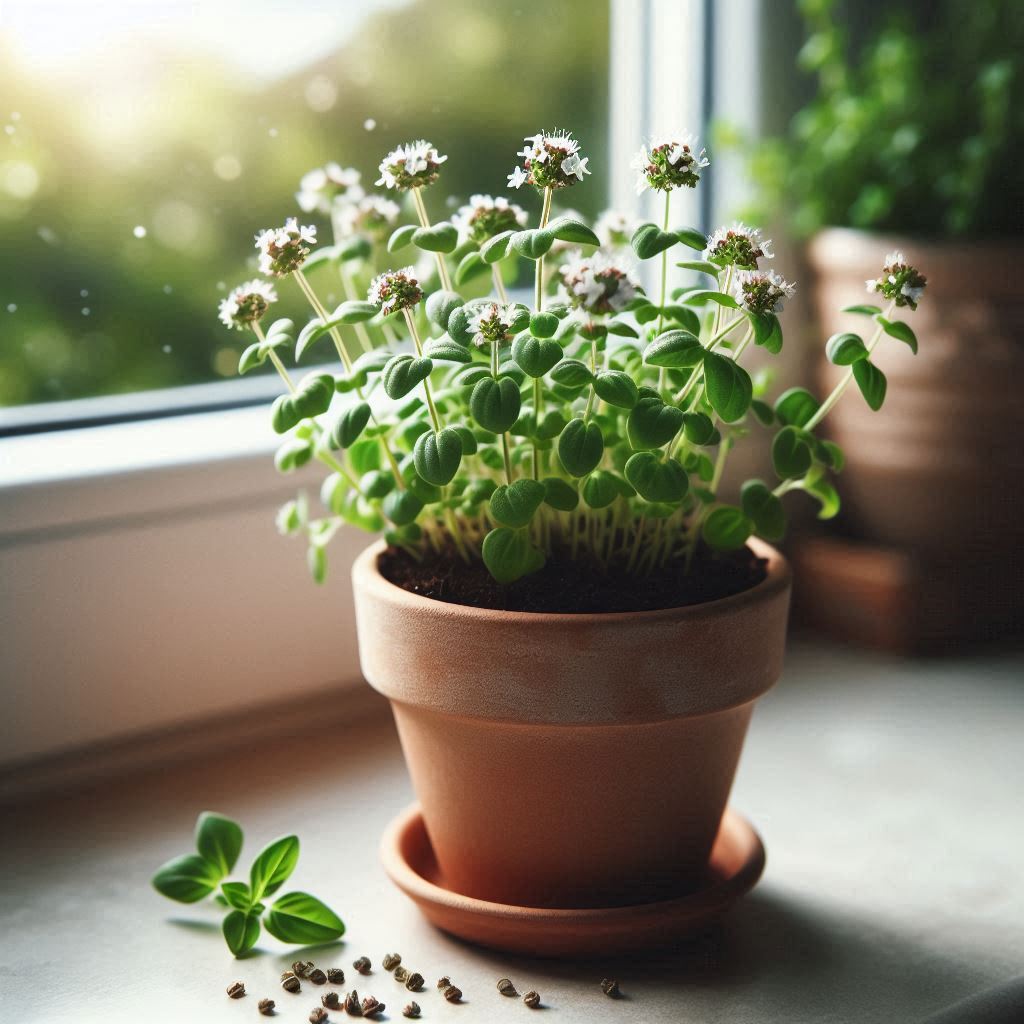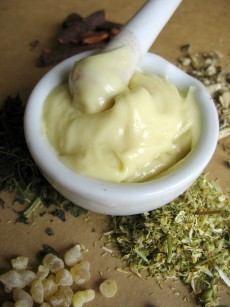Tarragon is a perennial herb that grows wonderfully in a pot. Its stimulating properties and benefits have earned it a reputation in folk medicine and among herbalists.
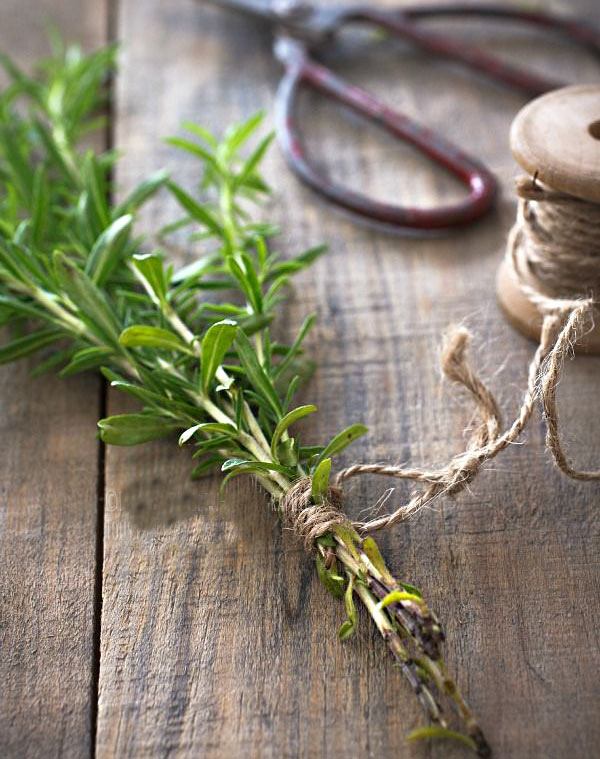
It has a slightly spicy and fragrant flavor, reminiscent of cilantro. Tarragon is added when pickling cucumbers and tomatoes, in sauerkraut, pilafs, sauces, and is excellent with fish and meat (when fresh).
Chemical Composition of Tarragon
- Carotene - a provitamin of vitamin A, a powerful antioxidant and immune stimulant. It reduces the likelihood of cancer (unless you smoke, as recent studies show that carotene and nicotine create some carcinogenic compound).
- Alkaloids - present in plants for their protection against fungi and external influences. Alkaloids give tarragon a slight tingling effect on the tongue and induce mild numbness.
- Essential oil
- Flavonoids - pigments in plant tissues. They protect the plant from radiation, making them good antioxidants. They have antimicrobial properties. Found in medications such as Quercetin, Rutin, Vitamin P, Flamin, Licorice root, Diosmin.
- Ascorbic acid (vitamin C) - necessary for the normal development and functioning of bone and connective tissues. However, it has been proven that injections of ascorbic acid increase cancer cells’ resistance to radiation therapy.
- Coumarin - an indirect anticoagulant that prevents blood clot formation.
Properties and Benefits of Tarragon
It enhances the production of gastric juice, improves appetite, and stimulates internal secretion glands. In folk medicine, it is used for cystitis, arthritis, and rheumatism. Poultices made from the leaves are used for scabies, eczema, and burns. The use of tarragon essential oil is effective.
Vitamins in tarragon:
- Vitamin A 0.1 mg
- Vitamin PP 0.5 mg
- Vitamin B1 (thiamine) 0.03 mg
- Vitamin B2 (riboflavin) 0.03 mg
- Vitamin C 10 mg
- Vitamin PP (Nicotinic equivalent) 0.749 mg
Macro and microelements:
- Calcium 40 mg
- Magnesium 30 mg
- Sodium 70 mg
- Potassium 260 mg
- Phosphorus 50 mg
- Iron 0.5 mg
- Iodine 9 mcg
Pregnant women should avoid eating tarragon.
To learn how to grow tarragon on a windowsill, read the article growing tarragon at home in a pot .
